Every Sony ‘Spider-Man’ Movie, Ranked
Get your Peter tingle on.
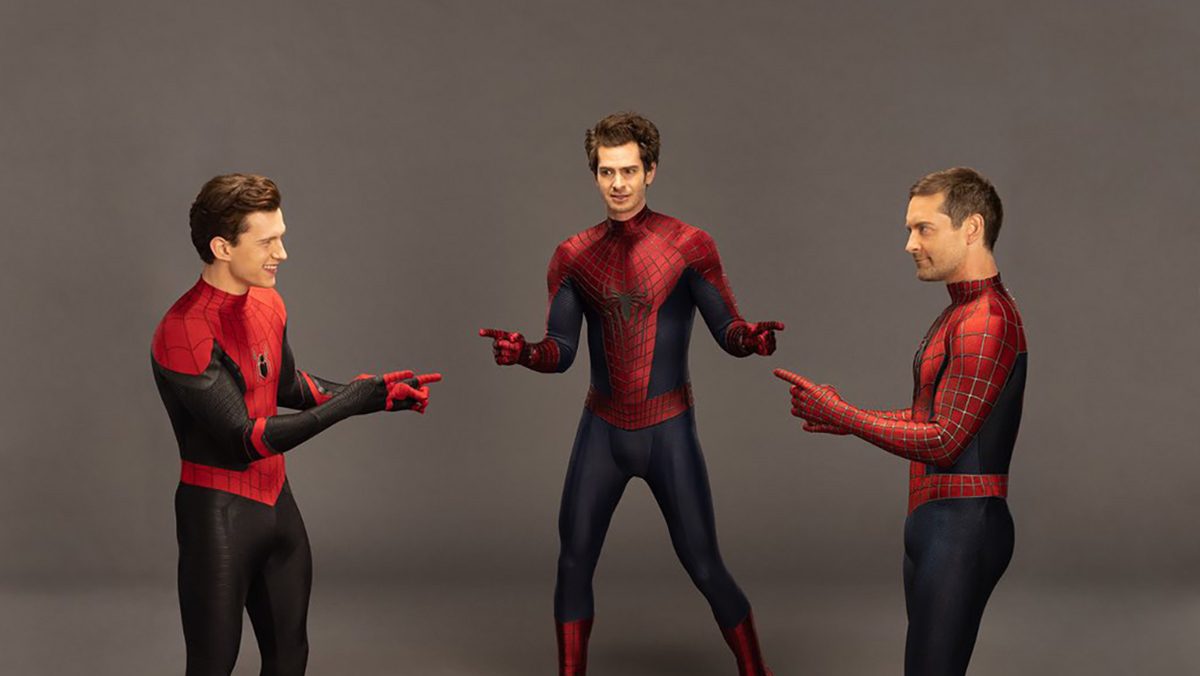
While we’re all obsessed with Tom Holland as Spider-Man, the web-slinger has had many iterations before him. In fact, long before we had Spider-Man: Homecoming, Sony exclusively owned the film rights to Spider-Man. They gave us two notable Spider-Man film serieS—Sam Raimi’s Spider-Man series and Marc Webb’s The Amazing Spider-Man series. Raimi’s Spider-Man series consisted of three films—that were released from 2002 to 2007—with Tobey Maguire as the titular character. Meanwhile, Webb’s Amazing Spider-Man series starred Andrew Garfield as the web-slinger and consisted of two films released in 2012 and 2014.
Then, in 2015, Sony and Marvel struck up a deal that would allow Spider-Man to star in the Marvel Cinematic Universe (MCU). The two studios now share the film rights to Spider-Man, and this agreement led to Marvel’s production of the Spider-Man: Homecoming films. However, the original Spider-Man films from Sony were still very much successful and intriguing iterations of Spider-Man. In fact, the licensing agreement even allowed Maguire and Garfield to reprise their roles in Spider-Man: No Way Home.
Just as Spider-Man: No Way Home recalls the legacy of Sony’s prior Spider-Man films, so will this article. Additionally, Sony is still producing their own Spider-Man films through their Spider-Man Universe (SSU). The shared universe centers on characters in association with Spider-Man and the SSU has released three films to date. Including their SSU films, here’s every Sony Spider-Man movie ranked best to worst.
1. Spider-Man
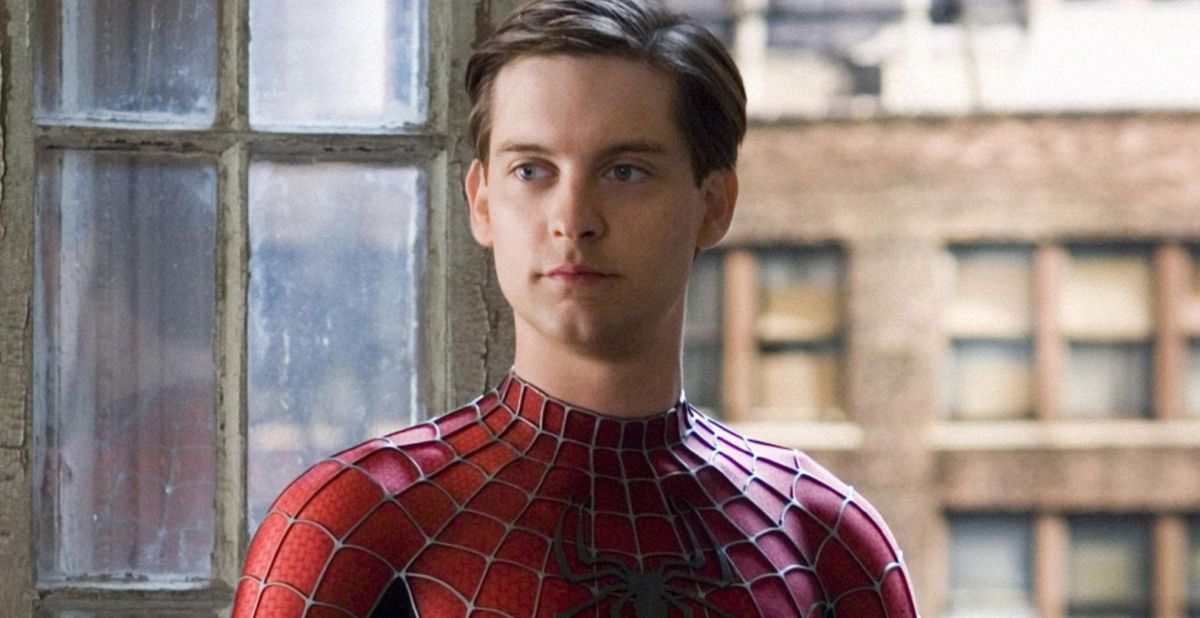
Spider-Man premiered in 2002 and totally revolutionized the genre of superhero films. The film follows Peter Parker (Maguire), a high school student who acquires superpowers after being bitten by a genetically altered spider. He vows to use his powers to fight crime in honor of his Uncle Ben—a promise that will see him come head-to-head with a powerful foe, The Green Goblin (Willem Dafoe). However, at the same time, he must also balance being a high school outcast with a deep crush on the girl next door, Mary Jane Watson (Kirsten Dunst). At the time of its release, Spider-Man set a new opening weekend record, garnering over 100 million at the box office.
Spider-Man is simply a great film. No, it didn’t boast the grandeur, scale, and refinement of superhero films today. However, you need to consider that superhero films in the 1990s were really…. not good. They were rare, corny, and campy, with poor visual effects and storylines.
Spider-Man kicked off the start of the modern superhero genre with its strong character development, the debut of a relatable hero, and a villain with a dark motive. Maguire absolutely nailed the role of Peter Parker, perfectly encompassing his shyness as the nerdy outcast and his newfound heroism. His performance was complemented by Dafoe’s villain, as well as J. K. Simmons masterful portrayal of J. Jonah Jameson. Also, the visuals of the film were unlike anything else at the time. Spider-Man was a true triumph of its time and its influence is still present in today’s superhero flicks.
2. Spider-Man 2
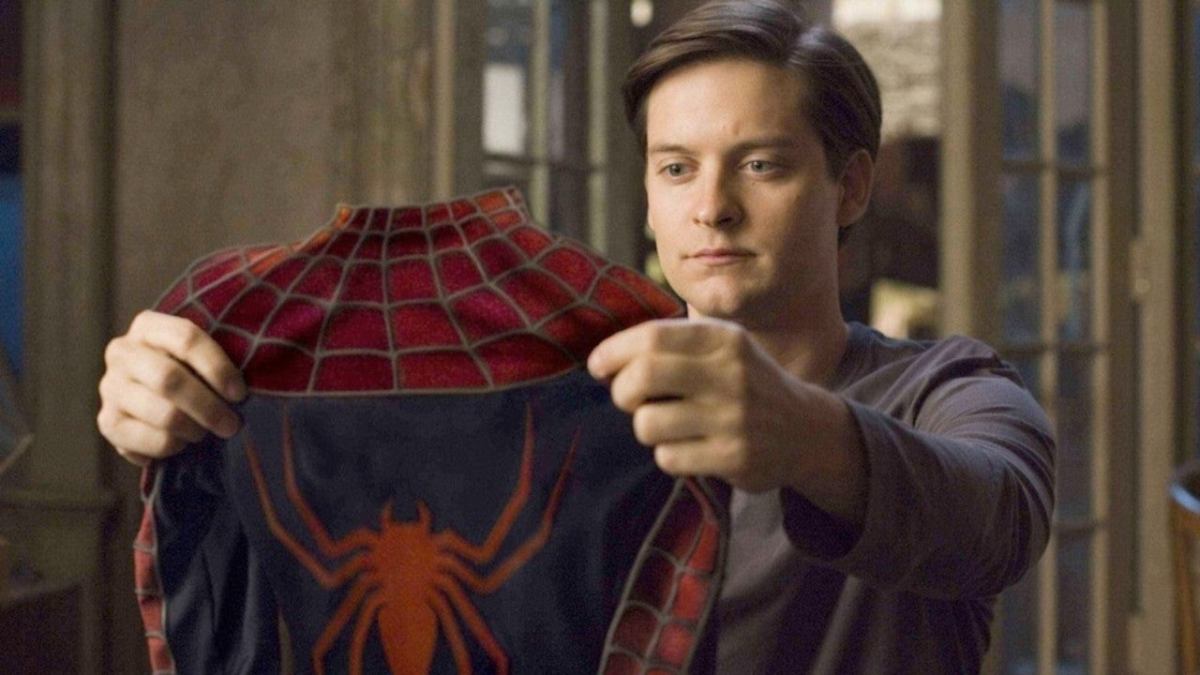
Spider-Man 2 had big footsteps to follow, but it masterfully avoided most sequel pitfalls. Spider-Man 2 is the continuation of Peter Parker’s story following the events of Spider-Man. It particularly explores his struggle to balance his personal life and his superhero life. Mary Jane is engaged to another man, his best friend passionately hates Spider-Man, his Aunt May (Rosemary Harris) is evicted, and he begins to suffer episodes where he loses his powers. In addition to this, he is dealing with the threat of Otto Octavius (Alfred Molina), a man reeling from the loss of his wife and fused with mechanical tentacles, hellbent on carrying out a potentially earth-shattering experiment.
Spider-Man 2 is eclipsed by its predecessor only because of Spider-Man‘s groundbreaking nature. However, as far as storyline, performances, and visuals go, Spider-Man 2 may actually be the superior film. The villain is more complex, the story darker, and the character development more enriching. Where Spider-Man 2 really shines, though, is by bringing the human side of Spider-Man to light. Despite being a hero, Parker still suffers from the anxiety and paranoia of young adulthood. Being a hero meant giving up the girl of his dreams and acknowledging that his best friend hates his alter ego. Spider-Man 2 gives us a realistic and emotional glimpse into the (not always fun) life of a superhero.
3. The Amazing Spider-Man
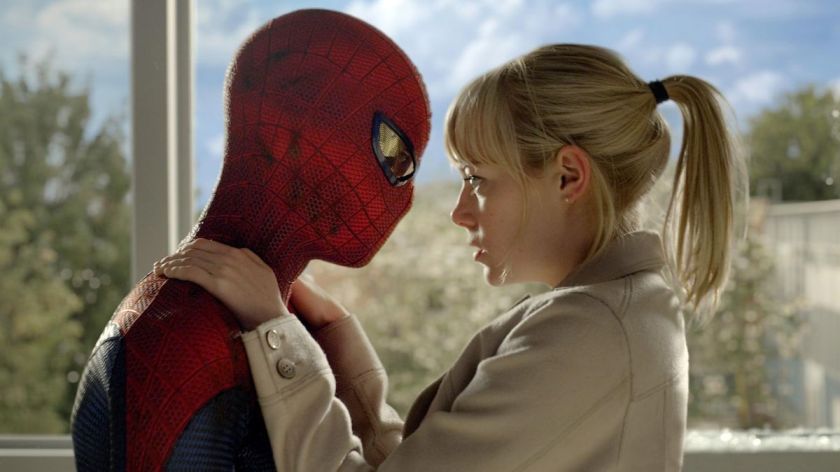
After the cancellation of Spider-Man 4, Sony decided to reboot the franchise. While The Amazing Spider-Man didn’t quite top Raimi’s first two films, it came pretty close. The film follows Peter Parker (Garfield) a socially awkward high school student who sets out to learn more about his father and mother, who mysteriously passed when he was young. During his investigation, he is bitten by a genetically modified spider which gives him superhuman abilities. He must use his newfound superhero abilities to stop his father’s former colleague, Dr. Curt Connors (Rhys Ifans), whose experiments have turned him into a frightful lizard. On top of this, Parker must also work out his feelings for his long-time crush, Gwen Stacy (Emma Stone).
The Amazing Spider-Man was a strong reboot. The cast was well chosen and their performances mark one of the highlights of the film. Additionally, exploring the mystery of Parker’s parents was a strong angle for the storyline. Where the Amazing Spider-Man went wrong was that it revisited too many of the plot points that Spider-Man already explored. An origin story wasn’t exactly necessary, something that the MCU Spider-Man recognized. The Amazing Spider-Man boasted talent, skill, and potential, but it didn’t quite have the reinventing power and originality necessary for a Spider-Man reboot.
4. The Amazing Spider-Man 2
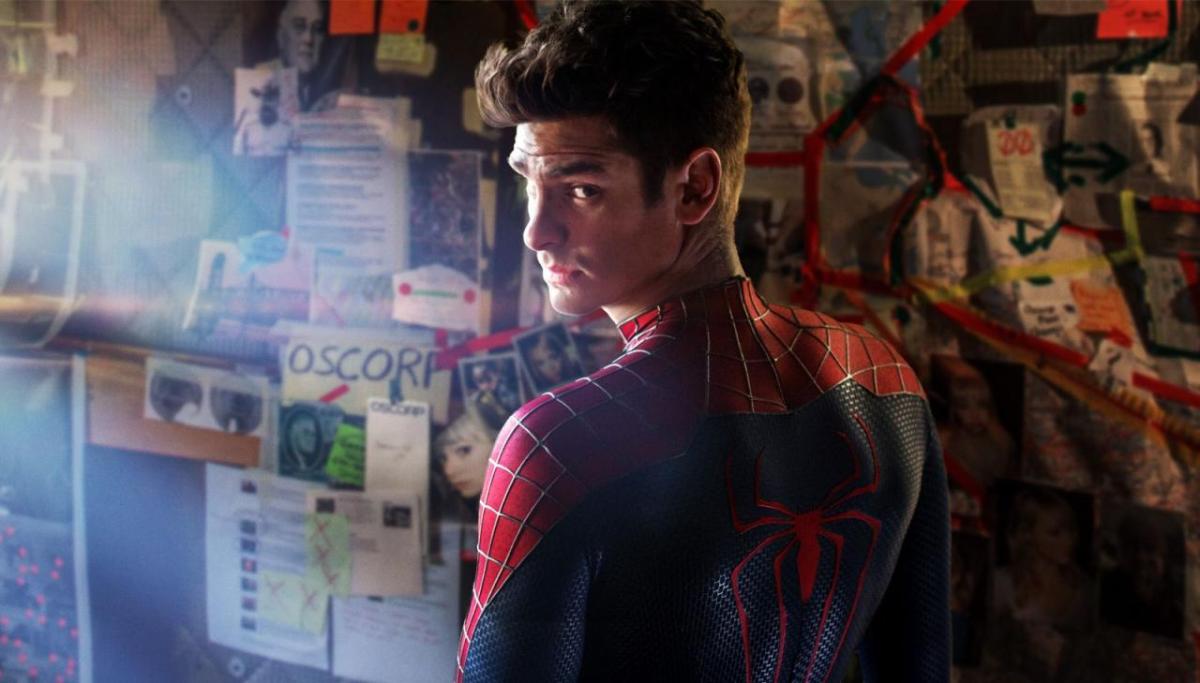
The Amazing Spider-Man 2 premiered in 2014, and it, again, boasted similarities to Raimi’s series. Similar to Spider-Man 2, The Amazing Spider-Man sequel explores Peter Parker’s struggle to balance personal and superhero life. Parker is still very much investigating his parents’ deaths, but he must also protect Gwen, who is privy to his identity. On top of that, he deals with the supervillain Electro (Jamie Foxx) and the resurfacing of his former friend, Harry Osborn (Dane DeHaan), who is angered by Spider-Man’s refusal to potentially cure his genetic terminal disease.
The film, again, was praised for its talent. The chemistry between Garfield and Stone was palpable and Foxx made a top-notch villain. However, the choice to feature two formidable enemies and their origin stories was a little too much for one film. This resulted in it being overstuffed and without a consistent narrative. Even with great actors, the villains couldn’t get past the lack of motive and half-development that the script subjected them to. The film strives a little too hard to be Raimi’s Spider-Man, especially with its Green Goblin arc.
5. Spider-Man 3
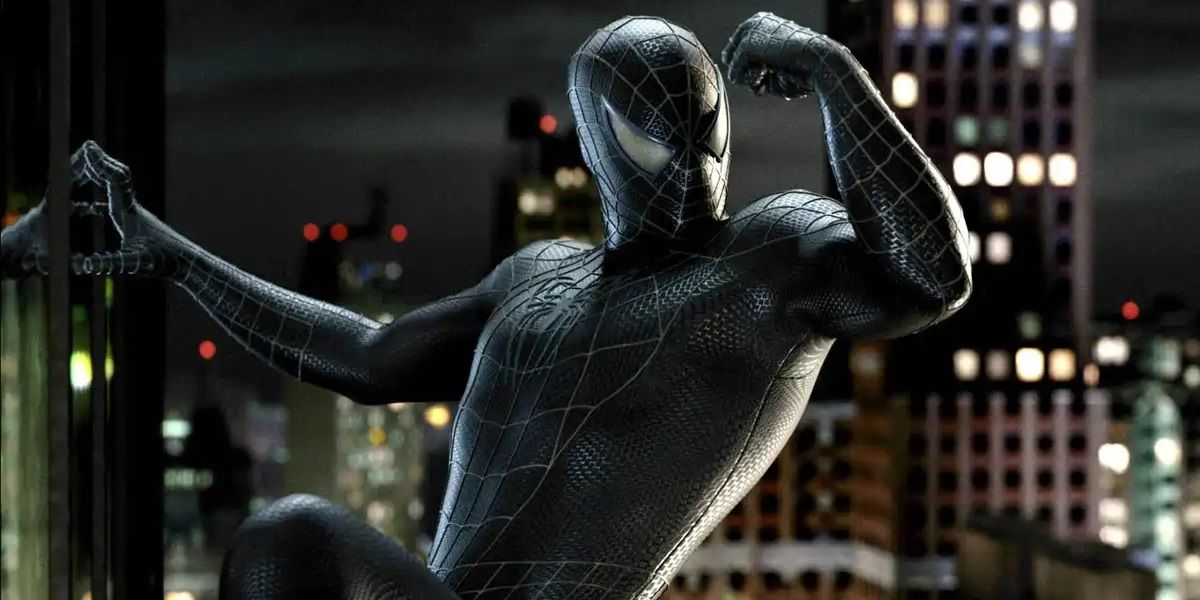
Spider-Man 3 might not have missed the mark as much as The Amazing Spider-Man, but its flaws were much more painful after the high expectations its predecessors set. The film sees Spider-Man attempting to pursue a future with Mary Jane, but numerous enemies make it difficult. First, he faces Uncle Ben’s true killer, Flint Marko (Thomas Haden Church), who becomes Sandman. Additionally, his former best friend, Harry Osborn (James Franco), still passionately hates him and seeks to avenge his father. Eddie Brock (Topher Grace) challenges him at his workplace and later threatens him as Venom, and Parker’s life truly starts to spiral when he himself bonds with a symbiote and lets his negative characteristics overtake and transform him.
Just from reading the summary, it becomes apparent that Spider-Man 3 met the same downfall as The Amazing Spider-Man 2. It is just way, way too much. There are too many villains, too many subplots, and too much drama. Spider-Man 3 almost plays out more like a soap opera than a superhero film. Like, did we really need to hear all about Mary Jane’s failed singing career and have to deal with Parker going emo for so long? Despite being overstuffed, the visuals, action, and performances do make it watchable. Still, it’s ultimately a conclusion that wasn’t quite fit for its stellar predecessors.
6. Venom
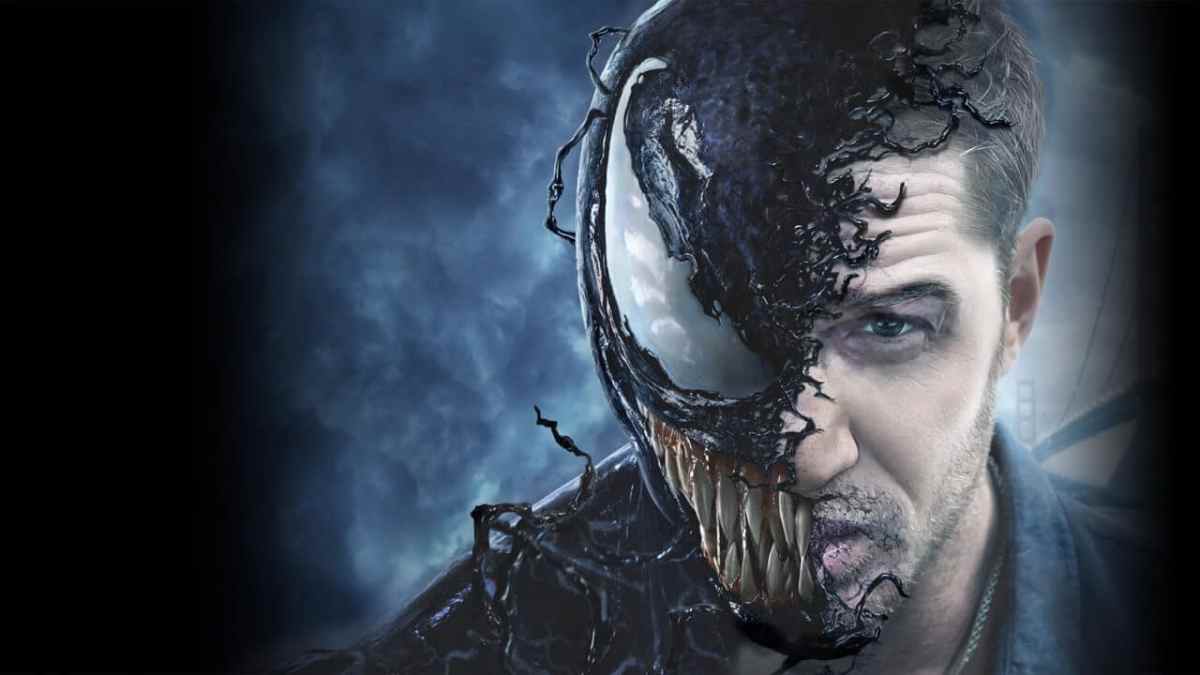
Venom marked the launch of the SSU and introduced us to one of Marvel’s most popular anti-heroes, Venom. The film stars Tom Hardy as Eddie Brock, a journalist investigating the human symbiosis experiments being carried out by shifty billionaire Drake Carlton (Riz Ahmed). In the process, he becomes the host of a symbiotic alien, Venom, giving him superhuman abilities. Working together, Venom and Brock set out to take down Carlton, who is the host to another symbiote, Riot.
The film received poor critical reception, with its sequel actually performing better in this area. However, Venom is one of those films where critical reception isn’t exactly accurate. Audience response to Venom was much more positive than the critical response. That’s because Venom is a very fun film. It’s comedic, Hardy offers a solid performance, and Brock and Venom’s awkward bromance is on point. The problem with it, really, is that there is no Spider-Man. The lack of a Spider-Man takes away the character’s vengeance, the Brock/Parker feud, and erases Venom’s spider-like abilities. This is why Venom disappointed comic book fans, but it appealed to those who enjoy a decent action-comedy film.
7. Venom: Let There Be Carnage
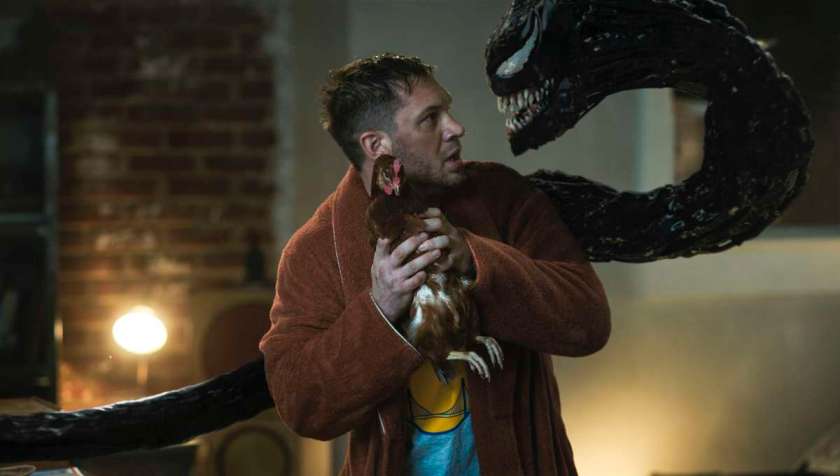
Venom: Let There Be Carnage was the sequel to Venom and hit theaters in October of 2020. This film sees Venom and Brock experiencing some relationship problems. However, they have to work through these issues fast and stop Cletus Kasady (Woody Harrelson), who has become host to a ruthless, chaotic alien symbiote, Carnage. Venom: Let There Be Carnage received slightly better reviews than Venom. This is mostly because the film did a little more justice to the comic books by bringing us Venom’s arch-enemy, Carnage. Also, it did give us Spider-Man, in the form of a post-credits scene.
While the additions of Carnage and Spider-Man were nice, they don’t make up for the fact that Venom 2 was a much poorer film than Venom. The film tries to echo the humor of its predecessor but fails miserably. The plot is jumbled and shovels multiple relationship storylines, an origin story, and Venom and Carnage’s battle all into a short 90 minutes. It’s cluttered with half-developed stories, and while Carnage’s design is strong, he is taken down way too easily and doesn’t cause even 1/10th the amount of carnage that his comic book counterpart would have. Venom 2 is really not any more comic book friendly than Venom, but unlike it’s predecessor, it’s not even enjoyable just as an action-comedy flick.
8. Morbius
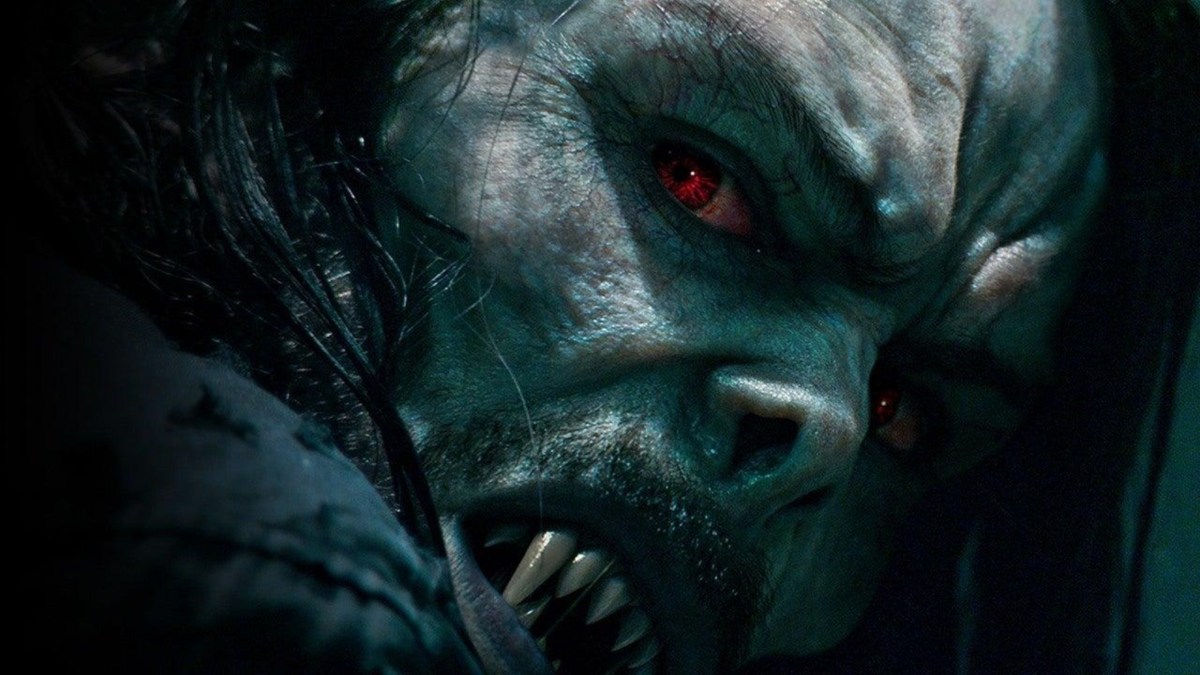
By being so bad, Morbius actually quite graciously takes a little of the heat off Venom and Venom 2. Morbius premiered on April 1st, 2022, after numerous delays. The film follows Michael Morbius (Jared Leto), a doctor suffering from a rare blood disorder. In search of a cure, he splices his genes with those of Vampire bats. While he is cured, he has turned himself into something else entirely and awakened a blood-thirsty darkness within.
While Leto and Matt Smith do their best to hold up the film, their performances are really the only positives of Morbius. Morbius is a dreary tale that really just didn’t need to be told. The plot is quite nonsensical and meaningless, the visual effects are poor, and there is little character development. Morbius is the kind of film that you just see. It won’t make you laugh or cry and you won’t recommend it, think about it, or come away having learned or experienced something from it. That’s what happens when you make a film that just sadly doesn’t have a point.
(featured image: twitter @spidermanmovie)
Have a tip we should know? [email protected]